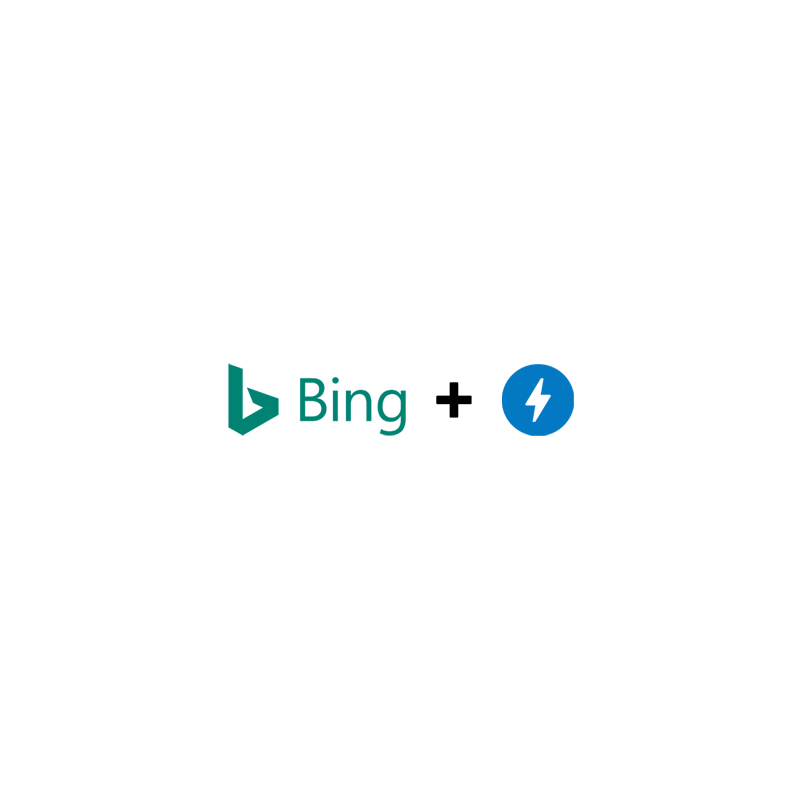
Google's AMP project aims to make the mobile web faster and more accessible. With many contributors, it has become one of the very best thing for websites aiming to get the most from mobile users.
Microsoft is one of them, and it has introduced Bing AMP viewer and Bing AMP Cache, to allow AMP pages to work directly from Bing's mobile search results.
The move further expands Microsoft's previous support for AMP which was only limited to the Bing app.
With the update, starting in the U.S., Bing search engine can show compatible AMP pages, just like how Google can. AMP pages on Bing search results pages also have that small lightning bolt icon shown next the website name in the news carousel.
"We are pleased to announce the release of Bing AMP viewer and Bing AMP Cache enabling AMP-enabled web pages to work directly from Bing’s mobile search results allowing Bing to provide faster mobile experiences to Bing users," announced Fabrice Canel, the Principal Program Manager for Microsoft Bing.
Starting on September 17th, Bing said that it started the first phase of the global roll out of this AMP viewer and AMP carousel.
"We will continue the phased roll out to more web sites, more countries and regions and other links in the search results pages," continued Bing.
With Bing supporting websites using AMP, users will benefit from AMP's fast loading pages on mobile browsers. But before users can use it, websites need to first enable their AMP published content within Bing.
They also need to allow Bing's crawler Bingbot to fetch those AMP content, and allow cross-origin resource sharing (CORS) for bing-amp.com domain.
Most AMP-enabled websites and advertisers have already authorized this CORS sharing for the ampproject.org domain, but with Bing also supporting AMP, they also need include bing-amp.com in the allowed list, so Bing can show those AMP pages..

The AMP protocol offers the ability to cache and serve cached copied AMP content that is published on the web.
It started as a solution from Google to make web pages load faster on mobile, and it works with Chrome, Firefox, Edge, Safari, Opera and UC Browser.
This time, the experience arrives to Bing
Microsoft has plans to put AMP for more websites and for other links in the results page, in the future. It's also hoping to deploy the technology in more countries and regions.
The move follows the news a week before that the AMP Project is adopting a new governance model, which would move the important decision making out of Google’s direct control, and under a new community that includes different companies supporting AMP.